 |
|
|
plants
text index | photo
index
|
| Chiku
tree Manilkara zapota Family Sapotaceae updated Dec 09 Where seen? Among our favourite fruits, the Chiku tree is often planted in gardens. Those seen growing wild often mark the locations of 'kampongs' or villages that have long since been cleared. It is a native of tropical America and is believed to have been first brought by the Spaniards to the Philippines. It was previously known as Achras zapota. Features: A small tree (to about 10m). Leaves oval with pointed tips (6-15cm long) arranged in a spiral at the branch tips. Flowers small, white with brownish or greyish woolly calyx. The fruit is oval or round (6-7cm). The sweet flesh is pinkish white to reddish brown and encloses about 10 black seeds. Bark light grey becoming shallowly fissured. The fruits are relished by bats. I've observed a steady stream of Common fruit bat (Cynopterus brachyotis) feasting on a fruiting Chiku tree. Each bat clings onto the fruit that is almost as large as itself, and gorges it. Human uses: According to Burkill, while in Asia it is valued for its fruits, in its native tropical America it is valued for its timber and latex. The gummy latex called 'chicle' was used as an ingredient in chewing gum. Burkill says it 'becomes plastic at the temperature of the mouth'. It has since been replaced by synthetic gums. |
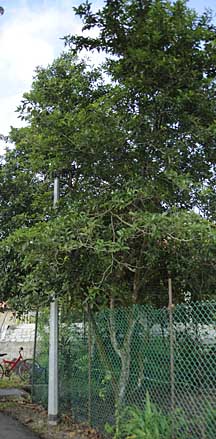 Pulau Ubin, Dec 09 |
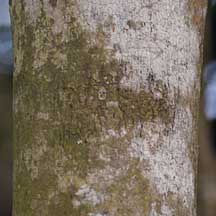 Pulau Ubin, Dec 09 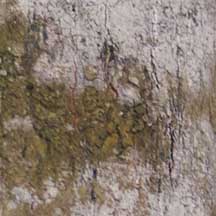
|
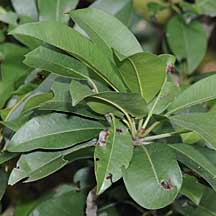 Pulau Ubin, Dec 09 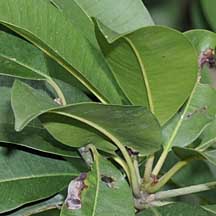 |
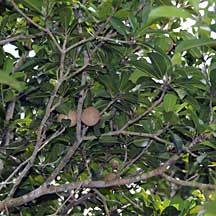 Pulau Ubin, Dec 09 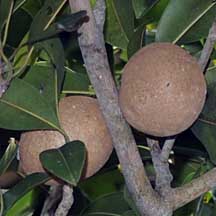 |
|
Links
References
|
|
|